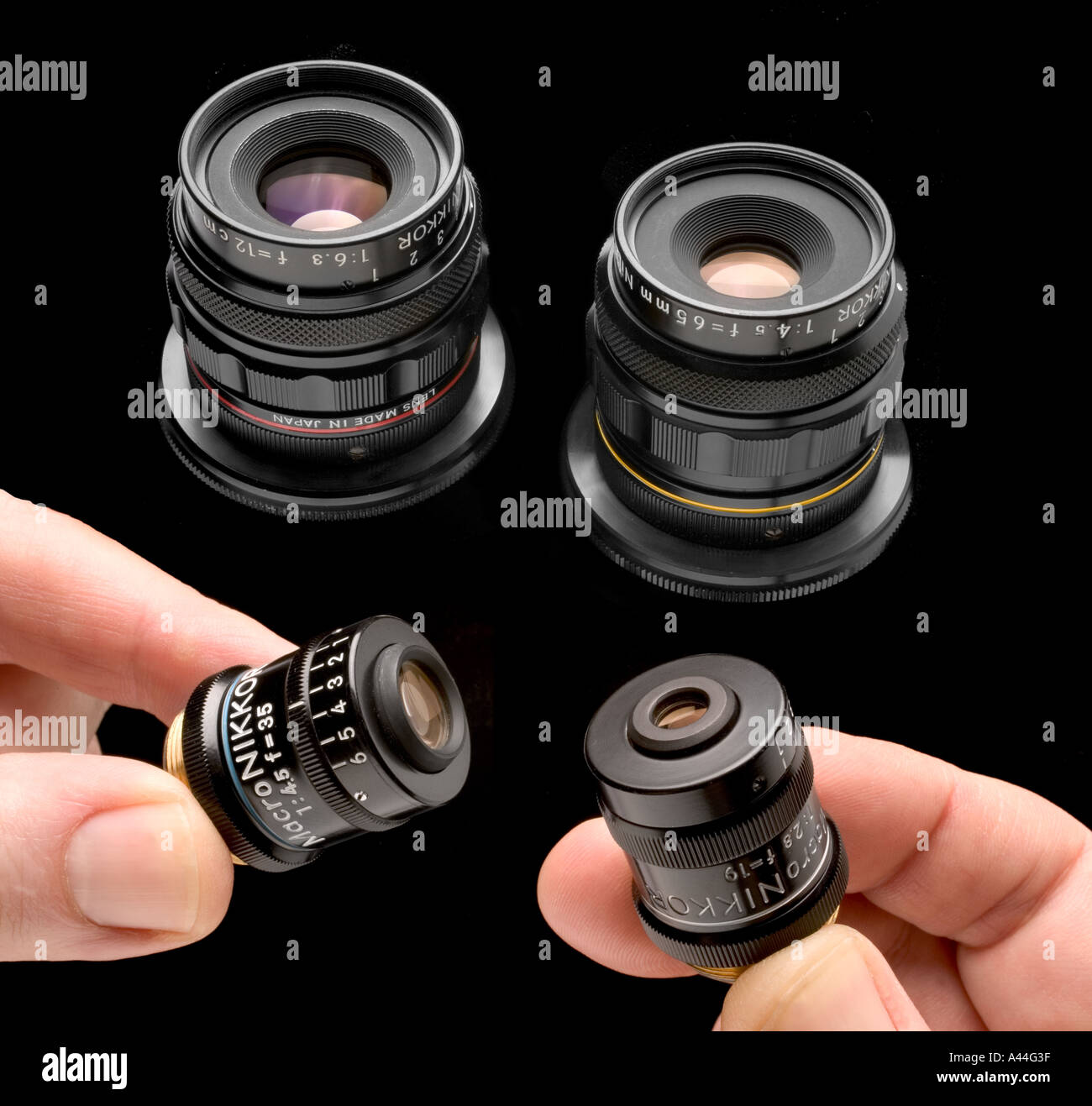


I would refer you again to Ed’s website to see just how incredible the results can be. It is infamously tricky to use at first and will require practice before you start tapping in to its potential however, its potential runs very deep indeed. There really is only one option here: The Canon MP-E 65mm 1-5x Macro. It is a similar price to Canon’s 100mm non-L macro lens and can be found for under £300 ($430) used. Sigma 105mm f/2.8 EX DG OS HSM Macro: After asking photographer friends and I reading a plethora of reviews, this lens appears to be the best option for Nikon and Sony as well as being a very good option for Canon too. If you’ve decided that you want to explore the wonderful world of photographing tiny things you previously didn’t care for, then a macro lens can open up a lot more opportunities. I hear reversing a 50mm is much more usable out-and-about and this is another toe-dipper I would recommend to those of you with a passing interest. How this tiny jumping spider had the patience to sit still on my laptop (yes, that’s what the surface is) while I did all this is a mystery to me. Flashes were rendered useless as they all lit past the subject.
BEGINNING NIKON MACRO LENS ISO
I had to use multiple bright lights situated very close to the subject and bump ISO to 1250 and widen the aperture a little. Lighting is quite tricky and damn near impossible with 3 extension tubes added. You have to get so close to your subject that the glass is nearly touching it.ģ. The magnification is incredibly impressive.Ģ. The above image was actually a result of my curiosity running away with me it’s a reversed 100mm lens AND extension tubes (which are explained at the end of this section). All these years later I still like these images (particularly the successful spider) and I am confident that much, much more can be achieved with the same completely unspecialised and attainable set up. I had little to no idea about lighting macro shots, I had little to no idea about editing images and I was armed with only a Canon 550D, the 18-55mm kit lens it came with and a very cheap macro filter.

The following shots were taken by me when I was ‘dipping my toe’. I’d go as far as to say that in no other genre of photography can you dip your toe in the pool so inexpensively. These filters are the unsung heroes of macro photography. There will always be more talented, creative, learned and passionate macro photographers than me but I’ll share what I know and answer any questions in the comments.Īlthough this guide is comprehensive, I’m purposely leaving out detailed explanations of magnification and similar such in-depth-camera-nerdery but I implore you to read up on it at some stage. Now, macro (albeit product) photography is one of my chief sources of income and I feel that I am in a position to offer some of my knowledge. What started out as a curiosity and a £7 ($10) macro filter quickly turned in to an interest and I have spent an unthinkably large number of hours honing my craft.
BEGINNING NIKON MACRO LENS SERIAL
In the years I’ve been a serial bug-botherer and crouching garden lurker I have learnt a lot and gradually compiled a document of information with the view to someday write a guide. I found one and it was.įrom then on my love for macro photography grew and so did my arsenal of equipment. However, I picked my peasant self up off the floor, dusted myself down and decided to find a cheaper alternative to see if macro photography was ‘for me’. I hurriedly punched in ‘Amazon’ and began searching for the lenses I’d seen in the EXIF data of the photos I admired and quickly sank in to a penniless depression. I hadn’t long bought my first camera when I was stunned by the intricacy of insects when observed close up. Like all modern love stories, I found macro photography on the internet.


 0 kommentar(er)
0 kommentar(er)
